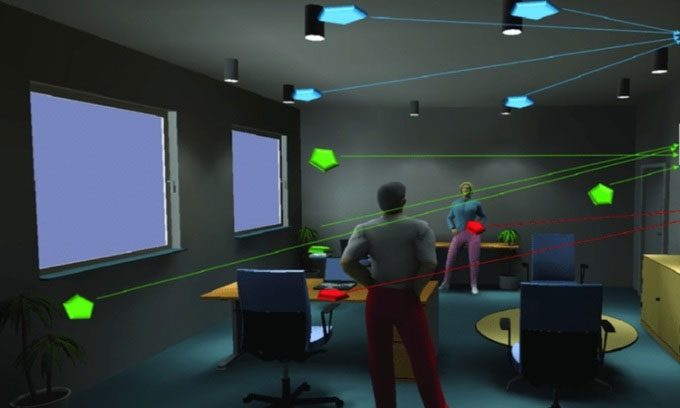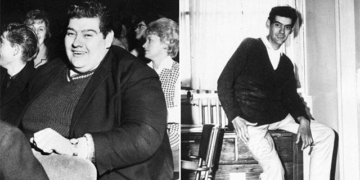Scientists have developed a visible light communication (VLC) technology that can transmit data using ordinary household and office lights.
Unlike wireless fidelity (Wi-Fi), which uses radio waves to transmit signals, light fidelity (Li-Fi) relies on light sources and theoretically can achieve speeds 100 times faster. While Li-Fi is a complete networking system that can integrate infrared or ultraviolet light, VLC only utilizes the visible light spectrum. VLC is not widely adopted due to its requirement for light sources to be constantly on, the need for direct line-of-sight with the receiving device, and its unsuitability for outdoor use. The implementation of a VLC system using white light also reduces stability and accuracy in data transmission due to interference. In the future, this technology could potentially replace Wi-Fi in wireless communication, as reported by Live Science on January 17.

The VLC system uses red, blue, and green light. (Image: Research Gate).
Currently, researchers are simulating white light by creating a three-color VLC system that uses red, blue, and green light emitted from organic light-emitting diode (OLED) clusters, which helps reduce interference in the process. They have also arranged an organic photodiode (OPD) cluster as the receiving device. The research results were published in the journal Advanced Materials.
“Our light source combines three wavelengths, reducing interference, which in turn increases stability and accuracy in data transmission,” explained a professor of chemical engineering at Pohang University of Science and Technology in South Korea. “We see this technology as a useful tool for many industries, acting as the next generation wireless communication solution using conventional lighting systems.”
OLEDs use an organic layer to produce light and are commonly used in the displays of many modern TVs, smartphones, and laptops. Compared to LEDs, OLEDs are environmentally friendly, more cost-effective, and lighter in design. OLEDs are also more suitable for installation in receiving devices due to their higher sensitivity at certain wavelengths. OPDs work in the opposite manner to OLEDs, using organic semiconductor components to absorb light and convert it into electric current, similar to photovoltaic cells.
In the study, the experts configured the OPD to use a Fabry-Pérot interferometer, which consists of two curved mirrors facing each other. With this arrangement, the OPD detects specific wavelengths of light emitted from the OLED cluster. Through data transmission from the transmitter to the receiving device, the research team demonstrated that even indoor lights could serve as light sources for data transmission in Li-Fi systems.
The scientists tested the technology under experimental conditions designed to reduce interference and enhance data accuracy. However, they aim to test the system in real-world conditions to better understand how it operates. They also want to investigate whether the Li-Fi system can function with a moving receiving device rather than being stationary. In the future, a near-infrared (NIR) channel could reduce interference issues more effectively, allowing VLC to expand its operational range.


















































